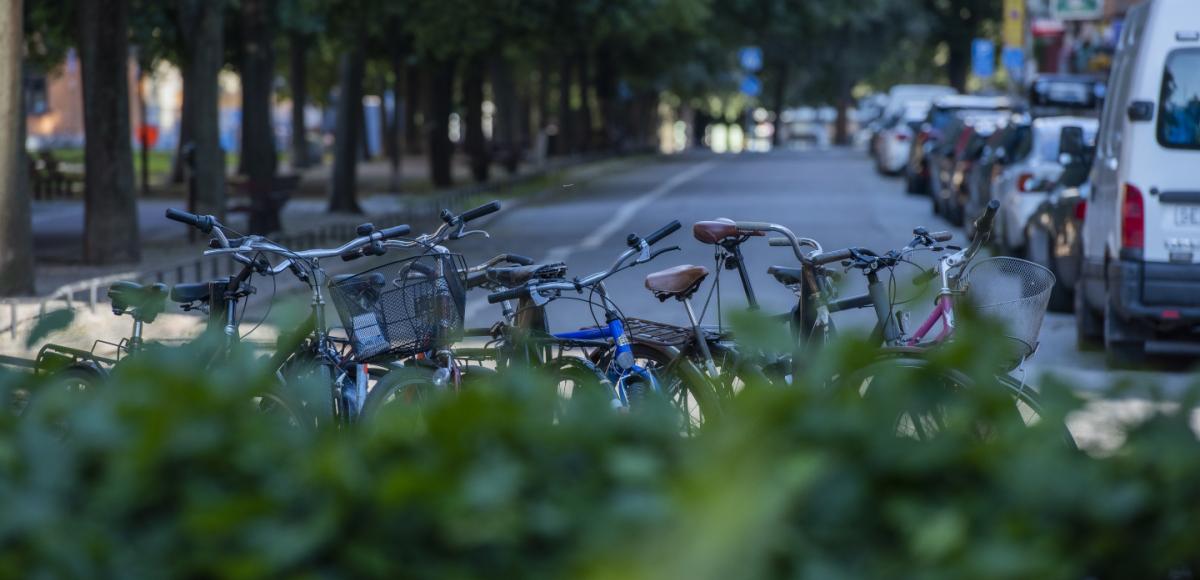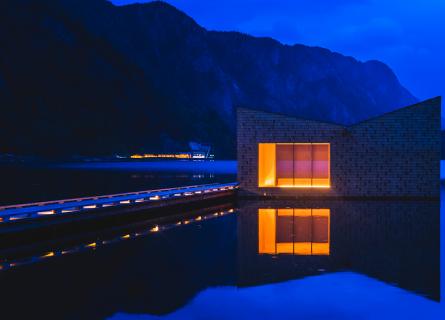
Daylight masterplanning for future cities
Future Cities Insight #14 Daylight masterplanning for future cities
Daylight is a freely available source of light, essential for life on this blue planet and as Le Corbusier once observed: “architecture, city planning, our happiness, the state of our consciousness, the equilibrium of our individual lives, the rhythms of our collective duties are governed by the sun”.
The fact that 55% of the world’s population now lives in urban areas and is expected to go up to 70% by 2050 is not a surprise any longer. Furthermore, by 2030, in mere 10 years’ time, we will have 43 megacities, i.e. cities with more than 10 million inhabitants. The predicament, however, is that we are now spending close to 95% of our time indoors and still have not started to realise the importance of the built environment in affecting not just our productivity, perception, psychological state, emotional experiences but also our physical health and well-being.
This massive urbanisation, along with our changing lifestyle and working habits, is putting tremendous pressure on meeting the needs of the growing population in providing liveable, healthy and sustainable spaces; not to mention the strain on housing, transportation, energy systems, and other infrastructure. In the face of such scenarios, sustainable planning alone can guarantee a secure, healthy and liveable future.
The incorporation of daylight early in the energy and sustainability strategy – be it for a city or a building – offers incredible potential by adding substantial value in terms of comfort, health, energy, and economy. To put this into context, only 20% of the impact in terms of energy consumption and carbon emissions occur in the design and construction phase combined, whilst 80% of the total energy consumption and carbon emissions during the lifetime of the building, take place when the building is in operation.
However, many a time we fail to realise that the contextual pre-conditions set out in the masterplans and urban planning form the basis of the building design, which in turn influences the daylight performance of the buildings.

Daylight performance of a building is a function of the amount of daylight available and received from the outside. The quantity and quality of daylight is location-dependent and varies not just seasonally but is affected by the latitude, location, site, surrounding built environment, landscape, massing, volume, shape, orientation, and materials of the surrounding urban environment. The urban planning strategies and decisions thus have a decisive influence on not only the availability of daylight but also the consequent energy consumption, sustainability and most importantly comfort and health.
The increasing densification of urban cities will only make the availability of daylight even more challenging. Urban planning needs to consider the effects of size and dimension of the streets, the spacing of the built mass, ratio of open-to-built area, orientation, built heights, scale, proportions, density, and materials on the daylight availability. Each and every urban design element from buildings, squares, parks and promenades to material finishes like glass, concrete and stone modify the available daylight and create a unique set of daylight conditions.
Buildings create their own microclimate and daylight conditions. This, when combined with the density, shape, volume, and orientation on an urban scale, can impact the availability of sun, daylight, radiation, exposure to the sky, shadowing and wind. Hence, optimising the urban planning and structure is necessary for reducing energy consumption and increasing the well-being and liveability in the buildings.
To demonstrate the effects of various urban planning strategies, a hypothetical residential block was modelled for the city of Oslo. The model was tested for the availability of sunlight hours based on few of the urban design parameters mentioned earlier. The results depict the how masterplanning and urban design decisions influence daylight, energy and comfort performance.
Here at AFRY we need to raise awareness and sensitise the decision-maker on how important daylight is in urban planning. We welcome further discussions to help create the cities of future.
Saurabh Sachdev, Senior Lighting Designer and Daylight Specialist, Light Bureau
Read more about daylight design.
Find out more about our daylight services in our Daylight Design Brochure.


